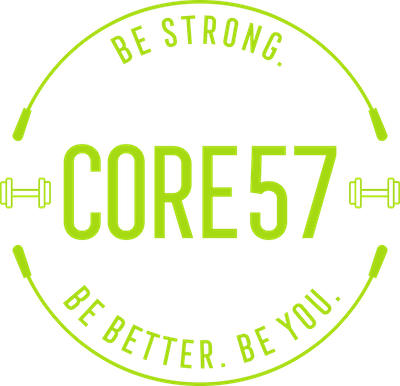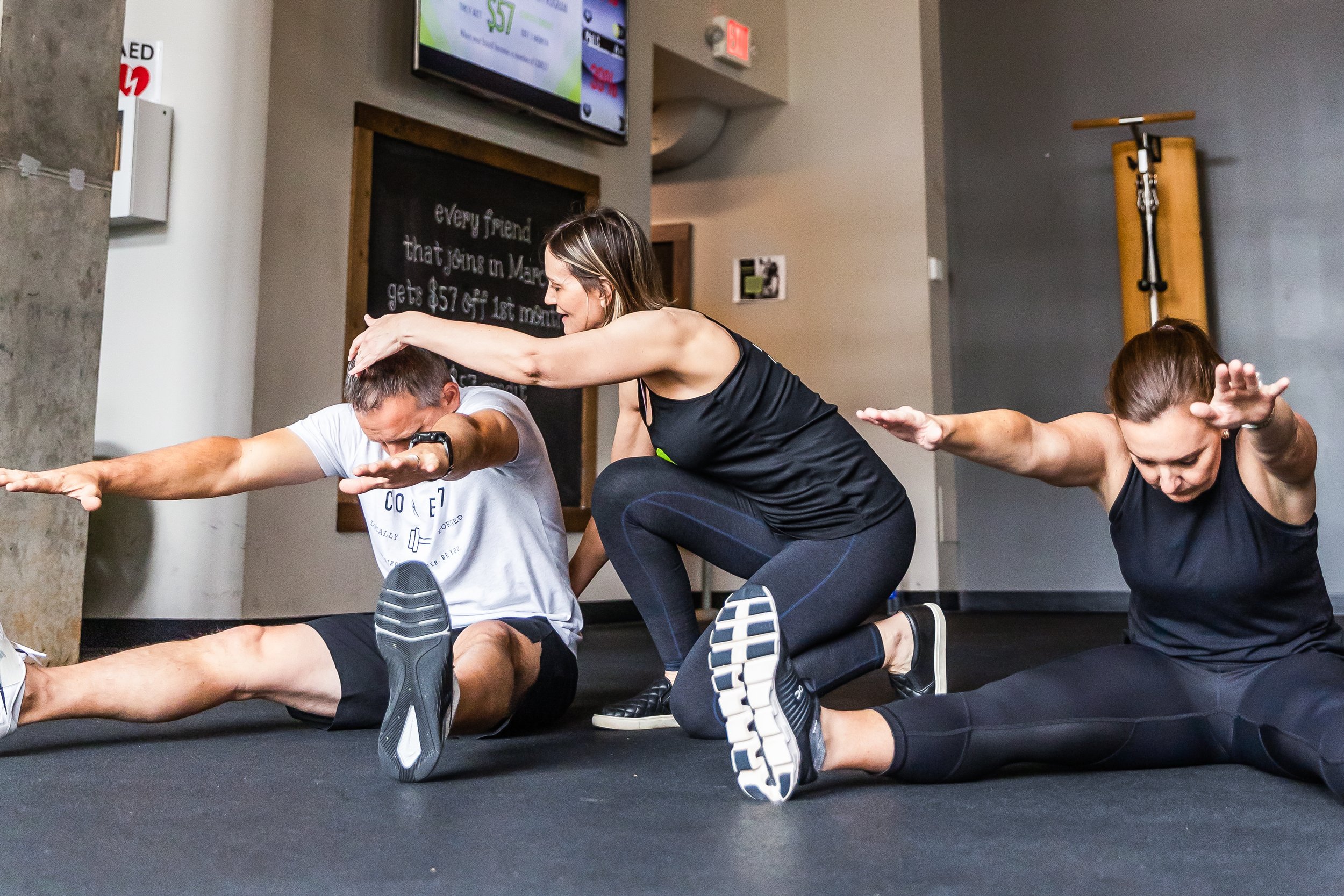Building Fitness Plans Around Injury Rehabilitation
Injuries happen. But that doesn't mean they have to get in the way of your fitness goals. Instead of giving up the gym, you can opt for different fitness programs that meet your needs without overworking your body.
The right type of exercise can be a beneficial part of your recovery process. Not only does it support mental health during this time, it also helps with the healing process by strengthening your muscles and improving your range of motion. That's why CORE57 offers personalized recovery and rehabilitation programs that are tailored to your goals and your body's capability level.
How to Appropriate Fitness Programming Around Common Injuries and Surgeries
No matter what injury you are dealing with, participating in semi-private sessions and classes that focus on personal issues can be key for healing and improvement. With certain injuries becoming more prevalent as we age and as society becomes more sedentary, CORE57 offers several targeted classes that are 100% tailored to the individual.
Knee Injuries
If you live an active lifestyle, sometimes injuries can be inevitable. When we asked CORE57 trainer, Rebecca about some of the common injuries or surgeries that CORE57 trainers see, knee injuries, arthritis and ACL surgeries were among the most usual.
The trick for exercising during recovery? "Each individual client’s exercise prescription will be different based on their unique case" she said. "However as a whole, we focus on strengthening the quads and small stabilizing muscles around the knee joint, without doing exercises that cause pain".
Shoulder Injuries
Shoulder injuries are also common. The likely cause? "Years of tennis and other overhead sports, or what we call ‘desk sitting syndrome,’ where rounded shoulder posture becomes the ‘norm’" Rebecca said. "Due to compensatory movement patterns associated with the above, these people are often much more prone to developing elbow tendonitis as well".
So how does one go about training around a shoulder injury? "We may stay away from pressing overhead, and we will spend extra time strengthening the key postural upper back muscles", she responded. "We take extra time to coach clients on how to use their lats more effectively, which takes undue stress off of the elbow and forearms and limits extra recruitment of the upper traps and rhomboids".
Hip and Lower Back Injuries
With many people typically working 9-5 jobs at a desk, another extremely common injury area is the hips and lower back. "Many people struggle with hip and low back issues due to the chronic shortening of the hip flexors from being in a seated position too much, which weakens the glute muscles and other musculature of the hip", Rebecca said. However, due to CORE57 training, many clients have regained full function after hip replacements and labral repairs.
Build Additional Strength, Stability, Mobility After an Injury or Surgery
While all of the above injuries can be aided with semi-private training, participating in classes that strictly focus on strengthening a particular injury area can be even more beneficial for recovery.
If we don't have good stability or muscular endurance, those areas fatigue quickly, resulting in the likelihood of further injury down the line. Understanding the function of each joint allows us to create programs that restore an individual's stability or mobility function through personalized exercises.
"Our Maximum Movement class is focused on stability and mobility of the hips and shoulders, while our Butts and Back class is focused solely on strengthening the muscles of the posterior chain", Rebecca explains. "We have yoga for stretching and lengthening areas of concern, and in our Roll and Restore class, members learn how to utilize the magic of trigger point to release tension and break up adhesions in the facial tissue surrounding muscles that causes pain and dysfunction".
Long Term Benefits
After suffering from an injury, it's understandable that you may be apprehensive to get back to the gym. However, not only does it help speed up the recovery process, it has lasting effects on your body well after you start to feel better.
Returning to Activities
The only way to return to your regular activities in a safe and effective way is through rehabilitative exercise. If you skip this step, you may continue to be at risk of future injury, causing your recovery process to work backwards.
Reduces Future Treatment Costs
A study of patients with lower-back pain showed that rehabilitative exercise reduced future treatment costs by 72% in just one year. Focusing on recovery early may diminish the need for further treatment, allowing you to jump back into your normal routines without worrying about re-injuring yourself.
Eases Lasting Chronic Pain
Suffering a prior injury and healing without the benefit of rehabilitative exercise, can result in chronic pain. This is due to improper healing and can be difficult to control. Rehabilitative exercise works to strengthen the weaknesses at the source of your pain so that you can move again with ease.
How CORE57 Can Help
At CORE57, we are COMMITTED to seeing our clients achieve their BEST selves, so that they can continue to be active and thrive into the next phase of their lives.
Due to the carefully thought out balance of our programming, we expect our members to be able to keep playing tennis and pickleball, run around with grandkids, pick up 50lb bags of dog food without hurting their back, hike with friends, or go out on the boat or play golf and FEEL GREAT, not beat up for days afterwards.
Many of our members say that they notice an amazing difference in the quality of their daily life after taking time to focus on the “less fun” areas of fitness like recovery and mobility.
Are you ready to begin your recovery journey? Contact us today to learn more about our semi-private sessions and specialized programming!

